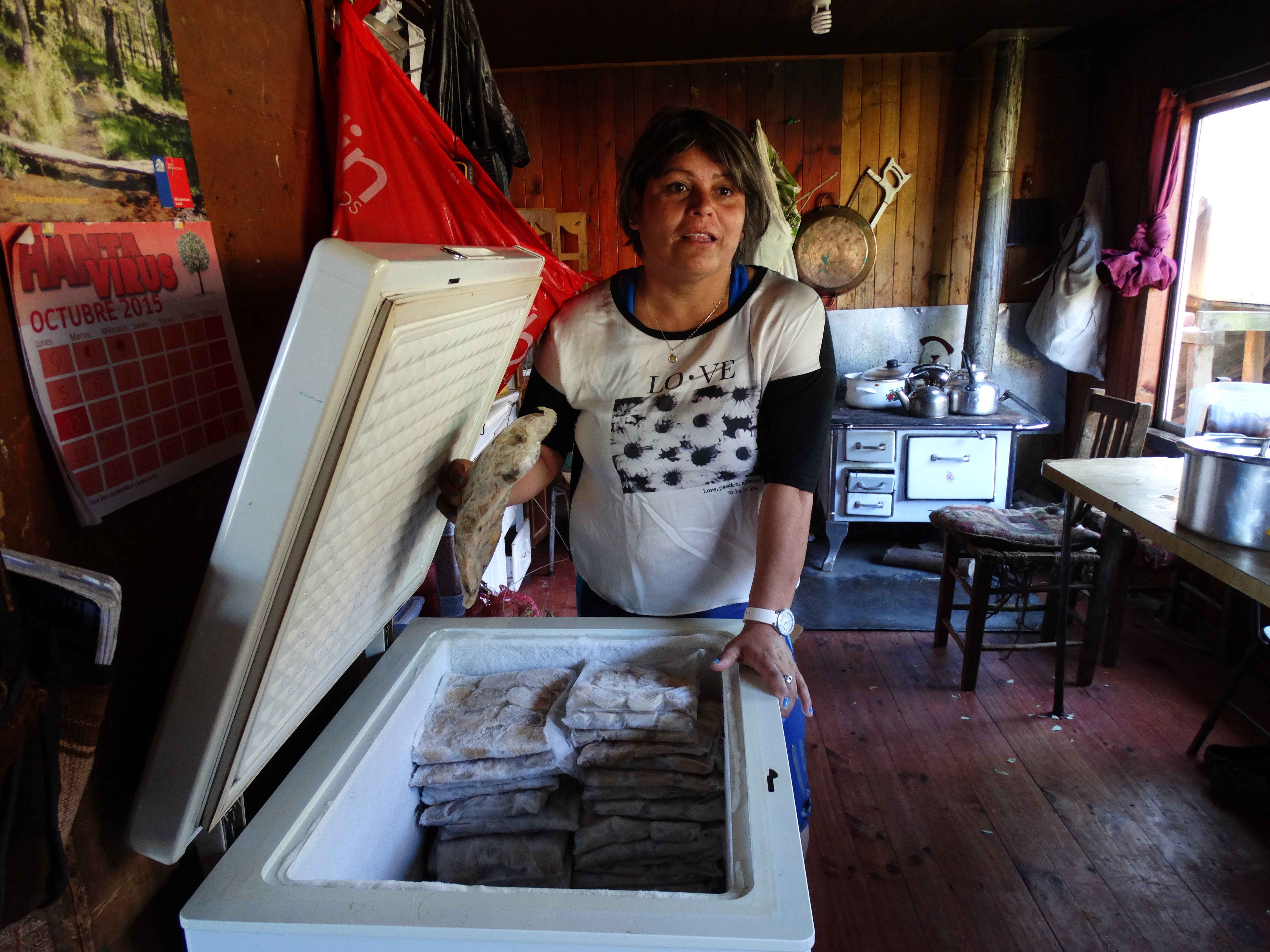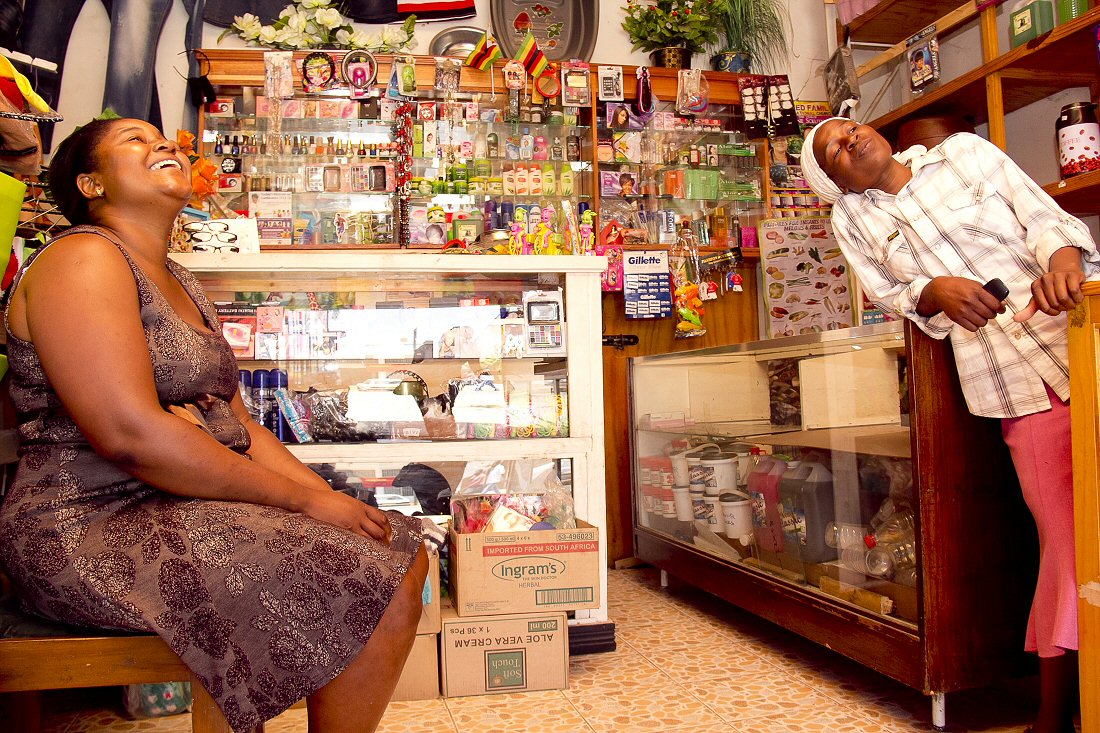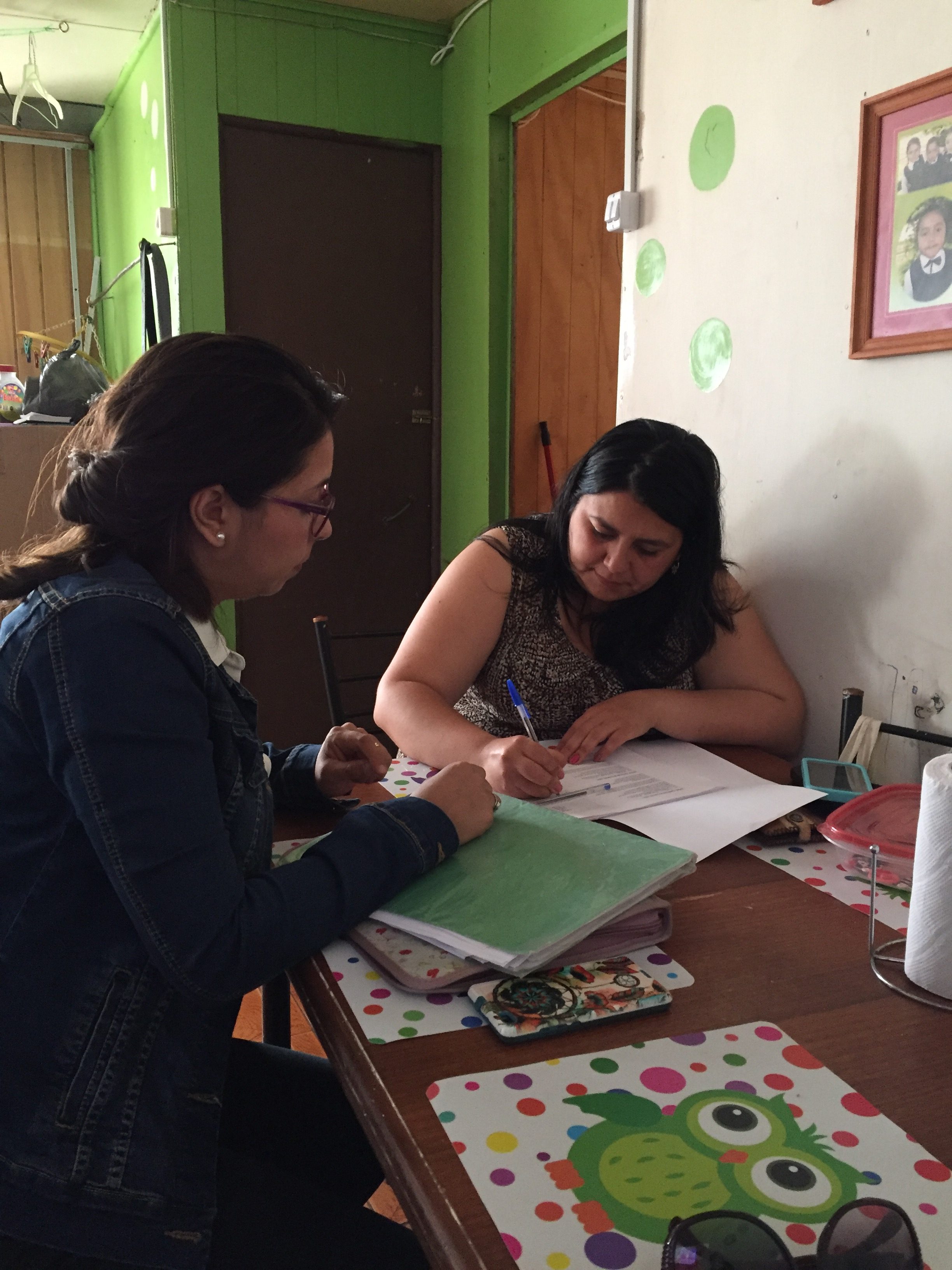At the heart of our SKImfi program—where we provide women entrepreneurs in Chile and Zimbabwe with small loans to start or grow their businesses—is microfinance.
Microfinance, “is basically a bank for people who have very little to no income, probably no collateral, definitely not a formal job, maybe not even an informal job,” explains our founder, Shyam K. Iyer.

Our beneficiary Bella used her microloan to purchase a freezer, which she uses to store the fresh seafood she sells in Lebu, Chile.
We’ve found microloans to be a powerful tool to leverage the power of finance for deserving but overlooked talent, who use this opportunity to not only empower themselves and their businesses, but their communities. Here, we break down how microfinance works and why we use it.
The basics
Microfinance is based on the idea that while people with credit and a steady job can walk into a bank and get a loan, there are many in the world who don’t have such an opportunity—but still have the same potential, says Shyam. Through a microfinance lender, like SKI Charities, people without access to traditional finance can receive small loans, “and they are expected to pay it back, just like you or I would have to go to a bank to pay it back,” says Shyam.

Prudence (right) uses her microloan to help run her shop, where she sells electronics and other items.
How it works
At SKI Charities, potential beneficiaries apply to our microfinance program with a business plan and references, and are chosen based on their potential to deliver on their proposal and add value to their community. Like at a bank, beneficiaries have a term to pay back their loan with a small interest rate. “We’re not in the business of providing aid, we’re providing people with access to finance,” Shyam says. “So we treat them on an equal level, just like you or I going into a bank. Our default rate is very low, which tells us that we’re doing it right for the environment that we’re in.”
Why it’s right for our mission
“At the end of the day, the purpose of SKI Charities is to bring people closer to independence and respect for themselves and what they do,” Shyam says. “Treating our beneficiaries as banking customers who have a responsibility to pay back their microloans means they are treated like everybody else in the financial system. So we think it’s worked out great, especially with people achieving that self-affirming respect. It’s key to everything we do.”
The biggest misconception about microfinance
“It’s about trade, not aid,” says Shyam. “That’s not a slogan I came up with—I wish I did. But it’s just about getting more people involved in a system where they can feel confident through employment, through creating wealth. Any time I’ve been given something, I’ve never treated it very dearly. But when I worked for something, just as these women are working with their loans and having to pay them back, that’s the great thing about microfinance—they feel equal and they treat the whole process with more responsibility.”
The power of microfinance
“When you’re doing microfinance at such a local level, it’s not just about these women creating their own wealth and creating their own businesses,” says Shyam. “What about the spillover effects? They start off paying their kids’ school fees with some of the money they make, which is great in a social sense. But it’s also providing encouragement for schools to run better. These women may hire some of their friends or sisters to work for their business. That’s another spillover effect. Of course they are now buying from other suppliers, so even though that supplier isn’t necessarily a part of our program, in a sense they are now. It stimulates the whole community, and as we grow, we’ll stimulate more and more communities.”


